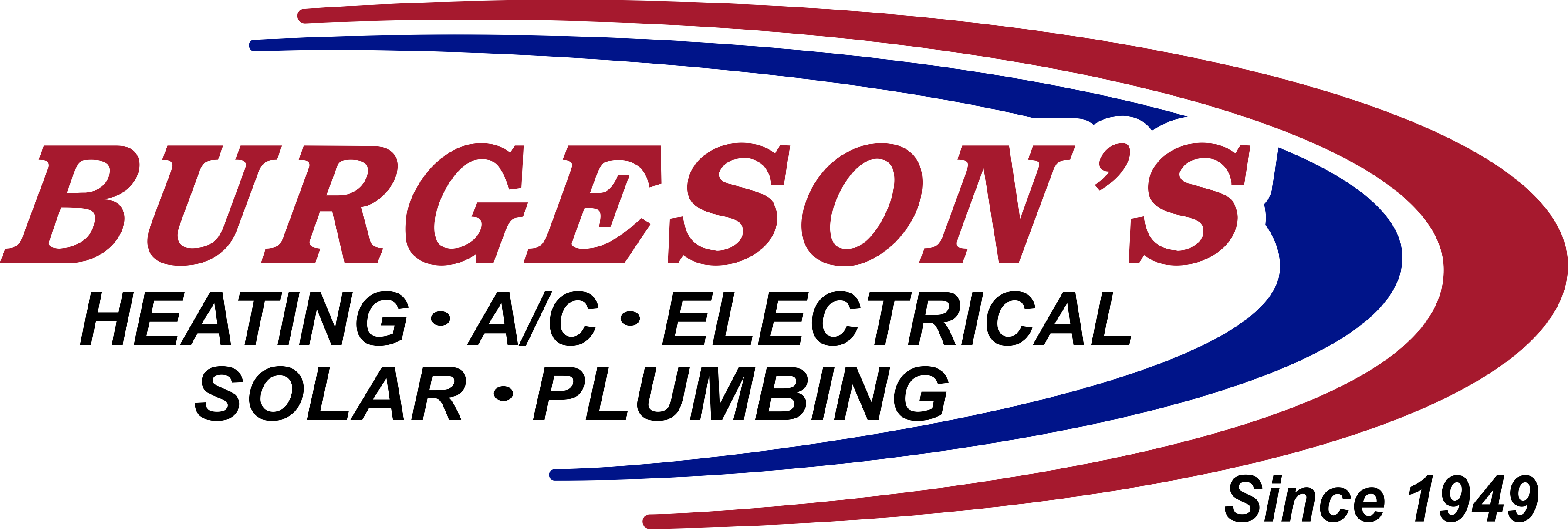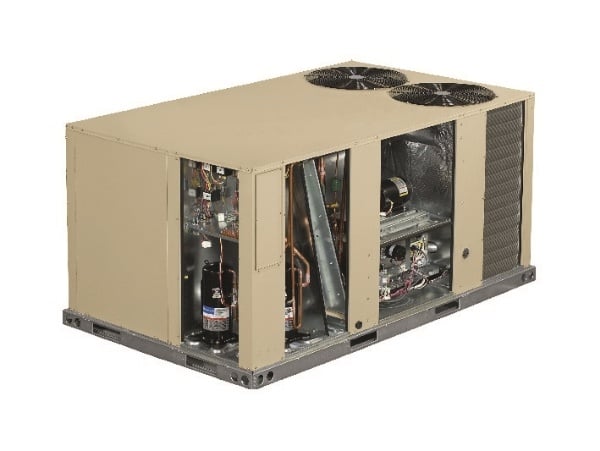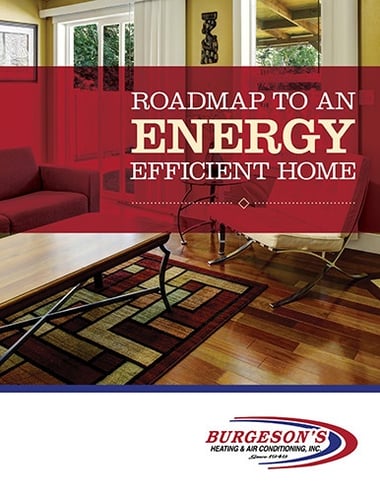A top-rated and high-efficient HVAC system is crucial to maintaining a productive, healthy, and comfortable work environment. Since these systems account for a substantial amount of energy use in commercial facilities, energy-saving equipment can reap more energy bill savings and increase the life expectancy of a unit. For those that are unsure about what steps to take before installing a new heating and air conditioning system, it all comes down to the building's specific heating and cooling needs.
Sizing
Unlike residential properties, commercial facilities need much more power from their heating and air conditioning. Due to the fact that a commercial building takes up more space than an average single family home, more power is needed to meet heating and cooling loads. Also, large buildings need to provide comfortable heating and cooling for a considerable group of people (staff and customers). Right sizing is important to prevent any possible short cycling and energy waste. An HVAC technician achieves accurate sizing by conducting a load calculation on a commercial building. Larger facilities will likely require multiple heating and air conditioning units to manage a building's load.
Type
Depending on the type of commercial property, an HVAC contractor will consider specific equipment before installation. For example, a technician might recommend temperature control options to meet all the building's heating and cooling needs. Zoning systems and multiple thermostats provide flexibility to customize temperature throughout different areas of the building.
Location
Most commercial properties opt for rooftop package units which combine heating and cooling. Packaged units house all components in a single outside unit, unlike residential split systems that have an indoor and outdoor unit. Rooftop installation requires less space and also reduces noise pollution. Single cabinets also provide easy access to technicians for repairs.
Maximize Energy Savings
When purchasing a new HVAC system, a customer benefits from signing a maintenance contract. The agreement ensures a technician logs any repairs onto the unit's maintenance history. Performing regular maintenance after installation will extend the lifetime of the equipment, providing more savings. Low-efficiency lighting, computers, and other electronic equipment produce heat. To lessen the heat transference and reduce an HVAC system's daily workload, business owners should upgrade to high-efficiency products. Also, adequate insulation can help prevent the presence of air leaks in the home.
For all questions or more guidance on how to approach a commercial HVAC system installation, call us at (909) 792-2222.












